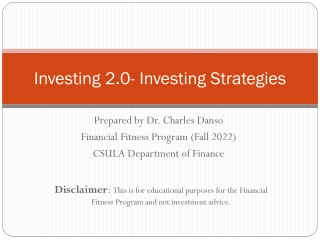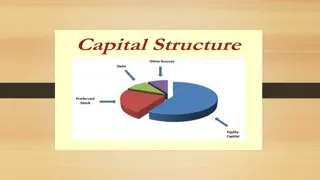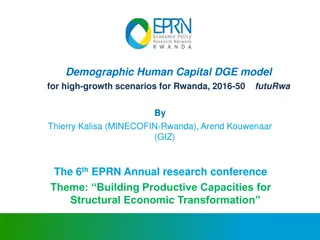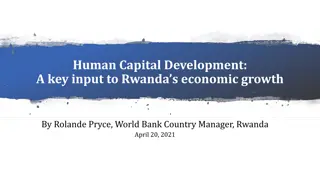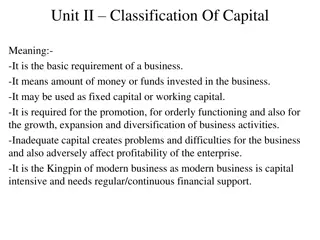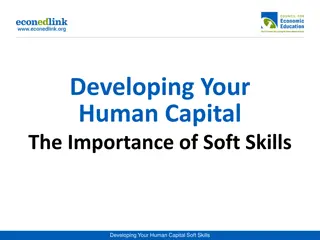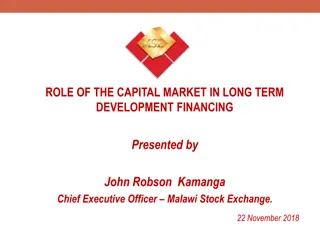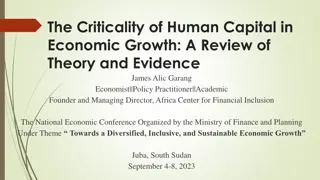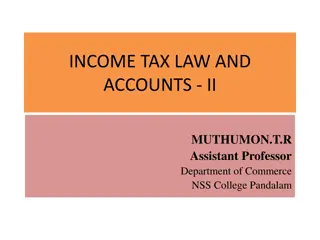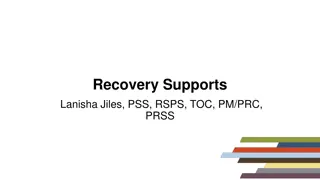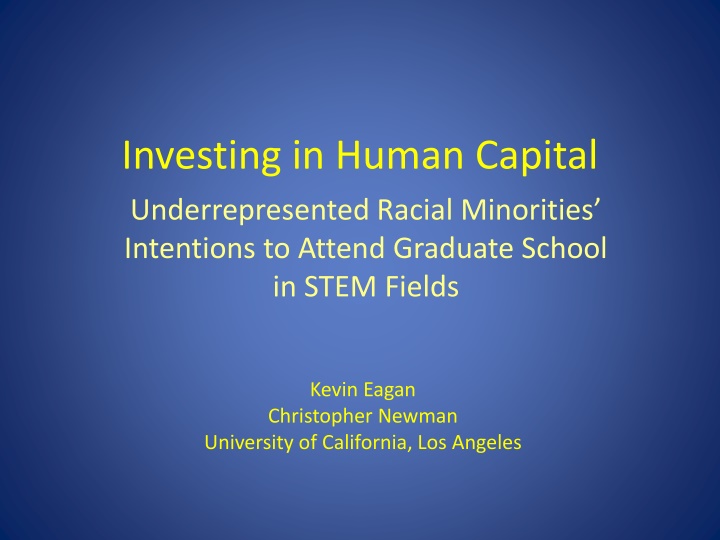
STEM Enrollment Decisions of Underrepresented Racial Minorities
This research explores the factors influencing underrepresented racial minorities in STEM fields when deciding to attend graduate school. It examines their college experiences, accumulated debt, and STEM identity. Additionally, it investigates how institutional contexts impact these decisions following completion of their bachelor's degree.
Download Presentation

Please find below an Image/Link to download the presentation.
The content on the website is provided AS IS for your information and personal use only. It may not be sold, licensed, or shared on other websites without obtaining consent from the author. If you encounter any issues during the download, it is possible that the publisher has removed the file from their server.
You are allowed to download the files provided on this website for personal or commercial use, subject to the condition that they are used lawfully. All files are the property of their respective owners.
The content on the website is provided AS IS for your information and personal use only. It may not be sold, licensed, or shared on other websites without obtaining consent from the author.
E N D
Presentation Transcript
Investing in Human Capital Underrepresented Racial Minorities Intentions to Attend Graduate School in STEM Fields Kevin Eagan Christopher Newman University of California, Los Angeles
Background Blacks and Latinos combined representation among graduate students 9.5% Biological sciences 6.5% Physical Sciences 6.7% Engineering 7% Mathematics (National Science Foundation, 2009)
Prior Research Academic success in undergraduate education Selectivity and institutional control Socio-Economic Status Undergraduate debt Undergraduate research
Theoretical Framework STEM Identity (Carlone & Johnson, 2007) Performance, recognition, and competence Non-financial psycho-social motivations Investing in human capital (Paulsen, 2001) Direct cost, forgone earnings, returns on investment SES and social capital
Research Questions What effects do URM STEM students college experiences, accumulated loan debt, and STEM identity have on their decision to enroll in graduate or professional school? How do the contextual effects of higher education institutions affect STEM students decision to enroll in graduate or professional school immediately following the completion of their bachelor s degree?
Methods: Data & Variables Data: Sample from the 2004 CIRP Freshman Survey and 2008 College Senior Survey Dependent variable: Intention to enroll in graduate/professional school by fall 2008 Independent variables Background characteristics Goals at college entry Financial considerations, including debt College experiences Institutional characteristics
Methods: Analyses and Limitations Analyses Missing data Hierarchical generalized linear modeling Limitations Secondary data Restrictive dependent variable Low survey response rate Selection bias
Findings: Students Positive Predictors Socioeconomic status Research with faculty STEM identity College GPA Major: Physical sciences Negative Predictors Cumulative undergraduate debt Amount of personal funds used to pay for final year of college Major: Health sciences Entry goal: Make more money
Findings: Institutions Positive predictors: Attending an HBCU Attending a private college or university Explained variance across institutions: 62%
Discussion Negative association between cumulative debt and graduate enrollment intentions Role of undergraduate research Positive association between STEM identity and graduate enrollment intentions Academic major Institutional contexts
Conclusions and Implications Recent changes in student loan policy Pending changes to undergraduate research funding Federal government Institutions Directions for future research
Acknowledgments This study was made possible by the support of the National Institute of General Medical Sciences, NIH Grant Numbers 1 R01 GMO71968-01 and R01 GMO71968-05 as well as the National Science Foundation, NSF Grant Number 0757076. This independent research and the views expressed here do not indicate endorsement by the sponsors. Contact: Kevin Eagan mkeagan@gmail.com Christopher Newman Christopher.Newman@ucla.edu Web Site: www.heri.ucla.edu/nih

